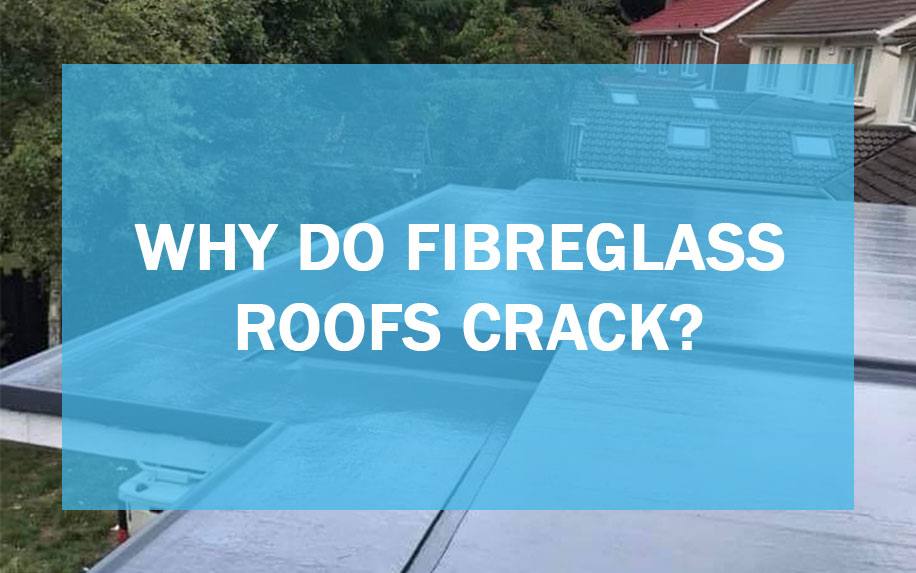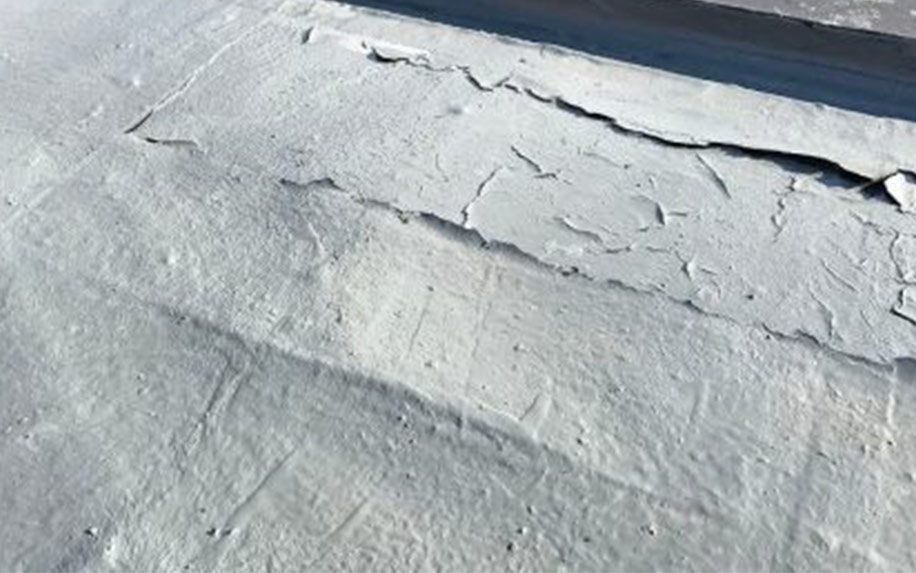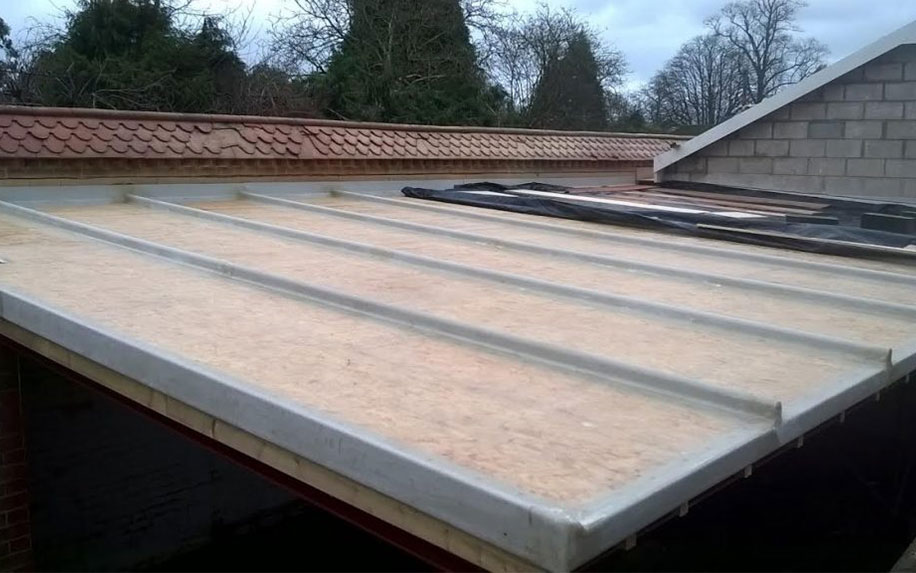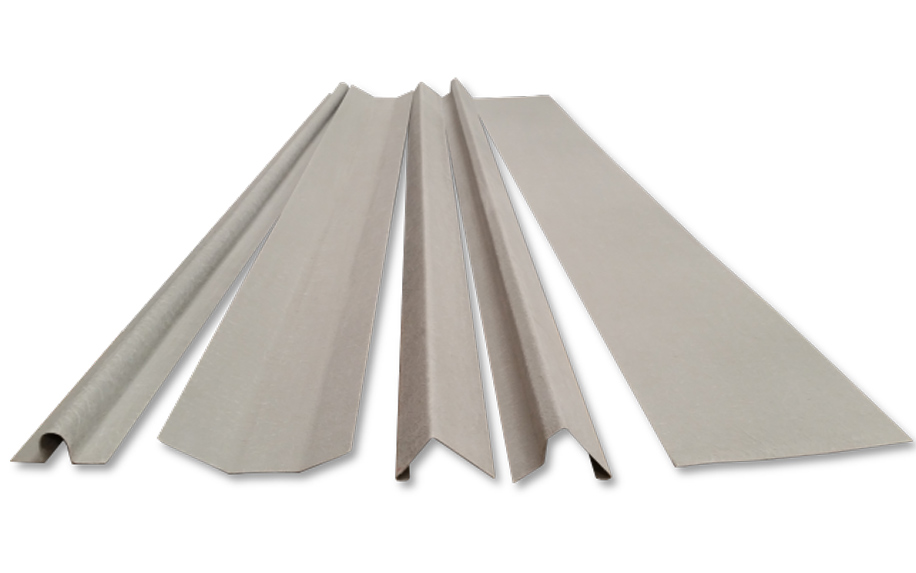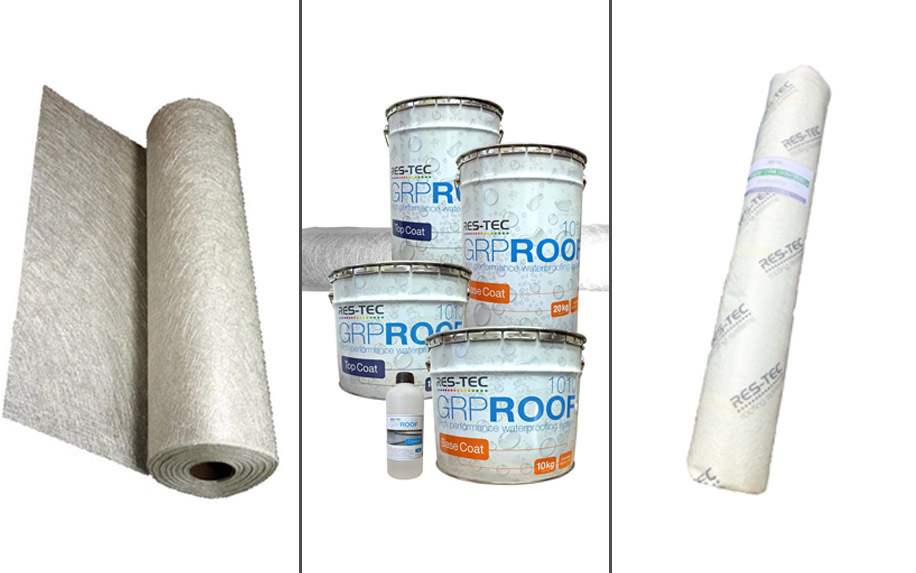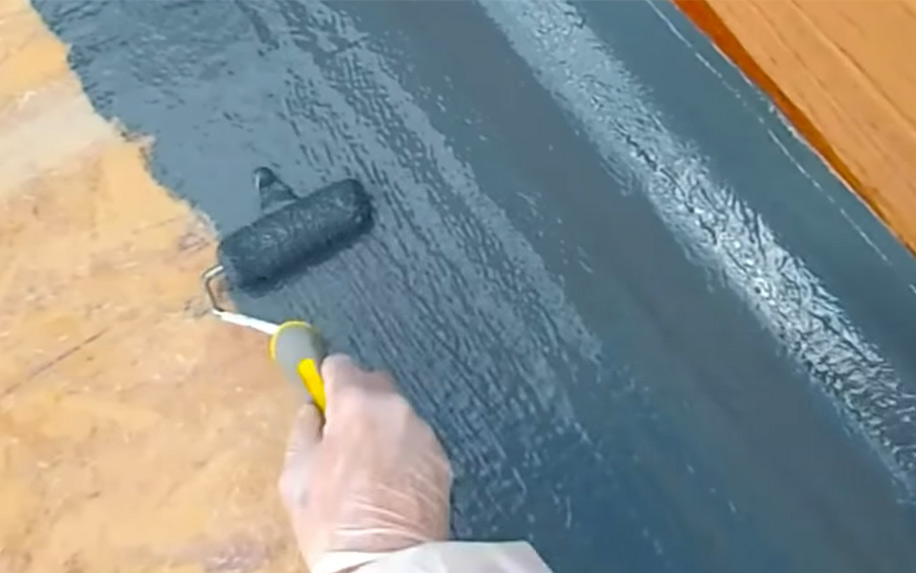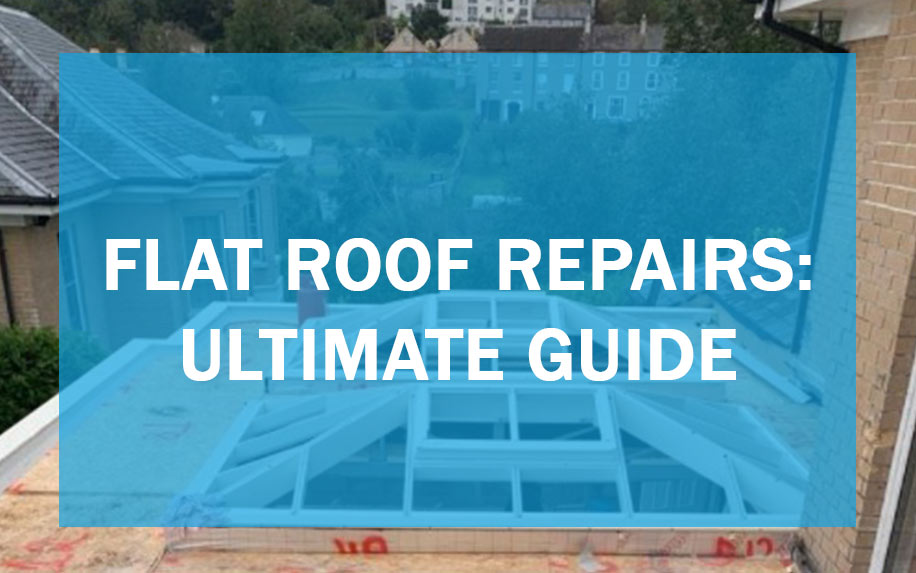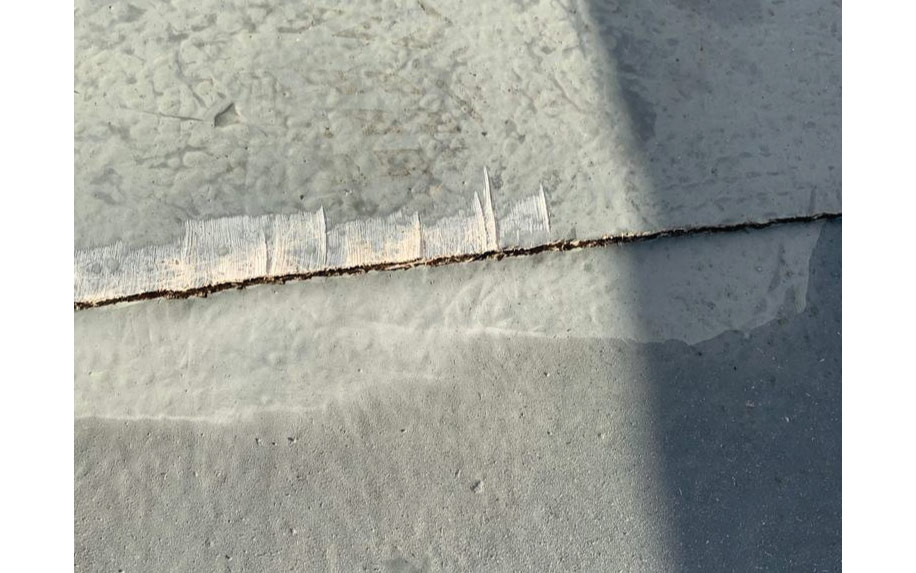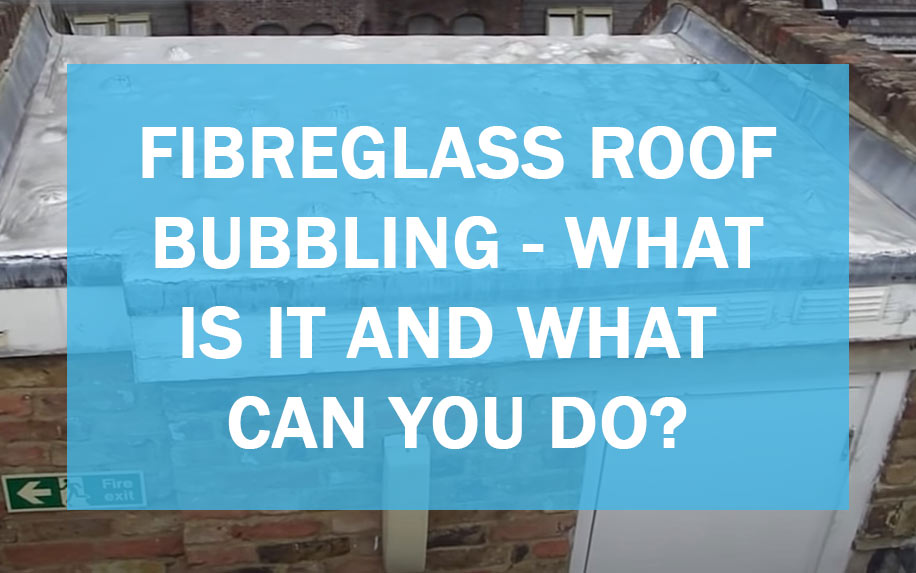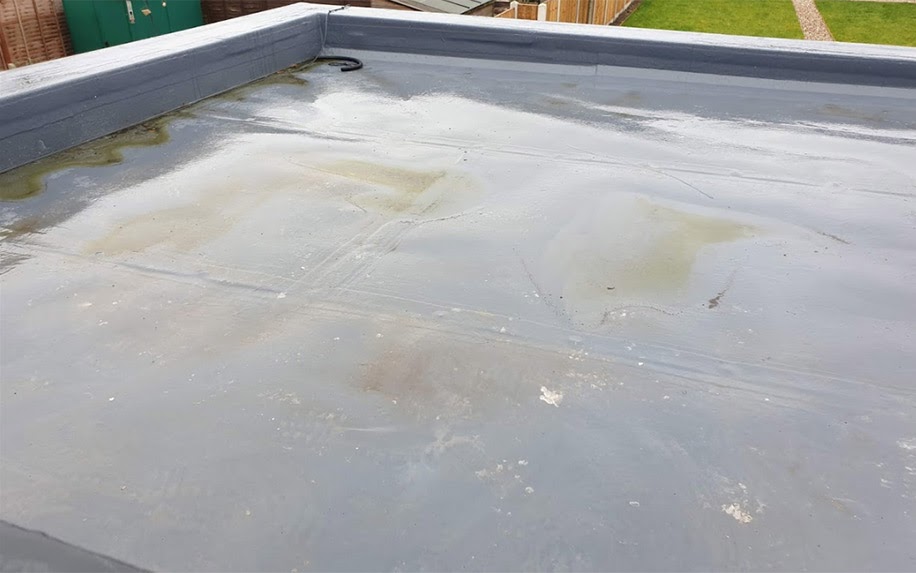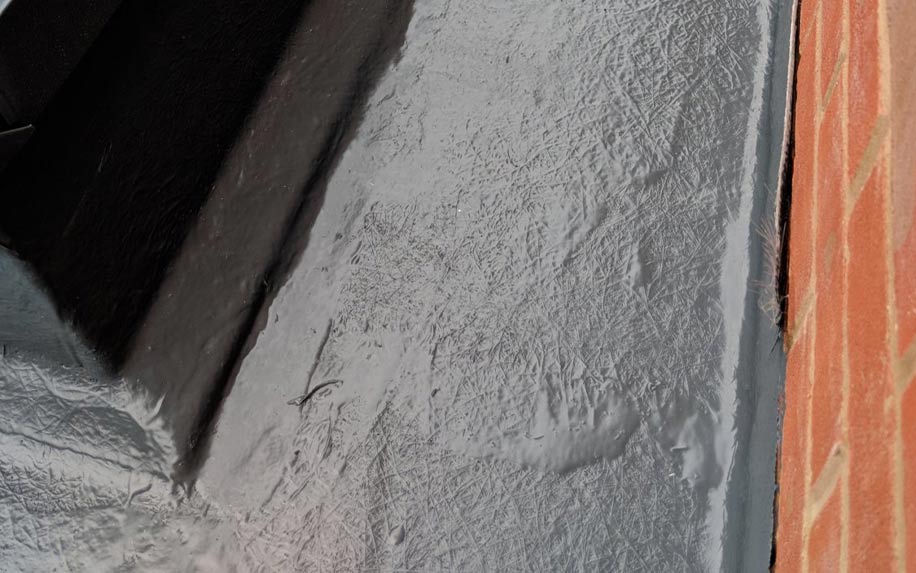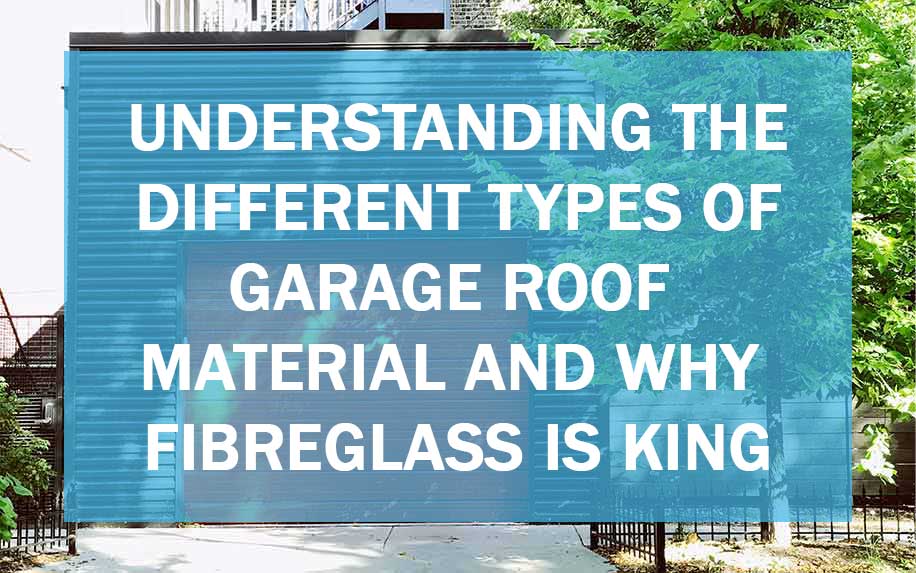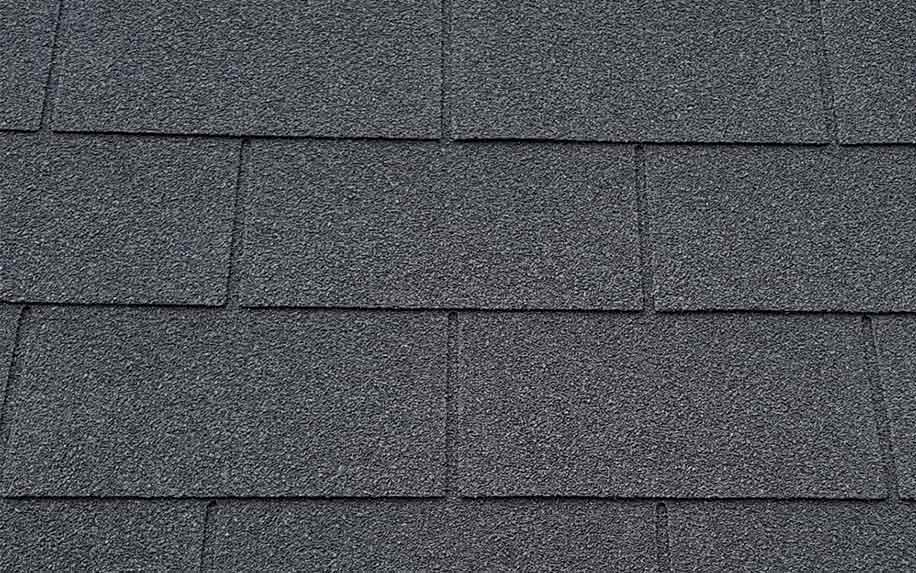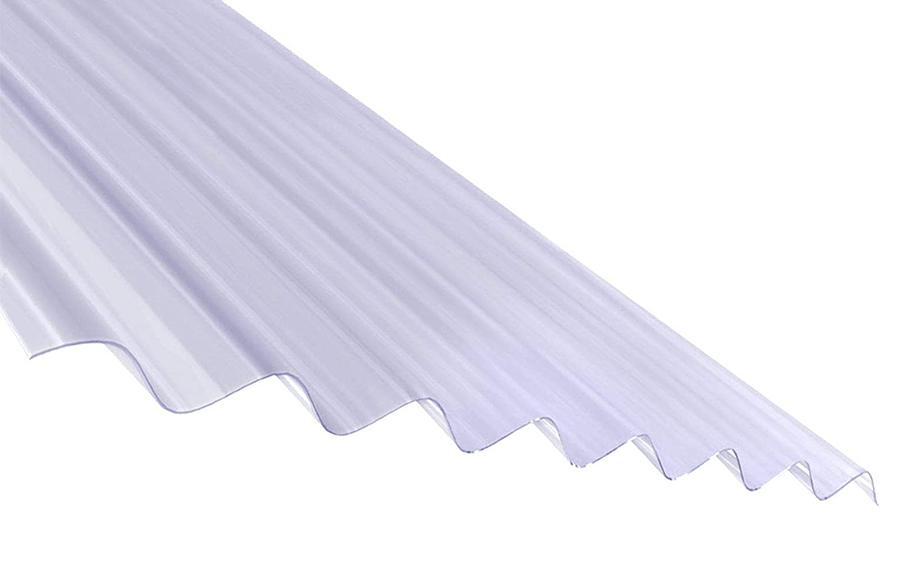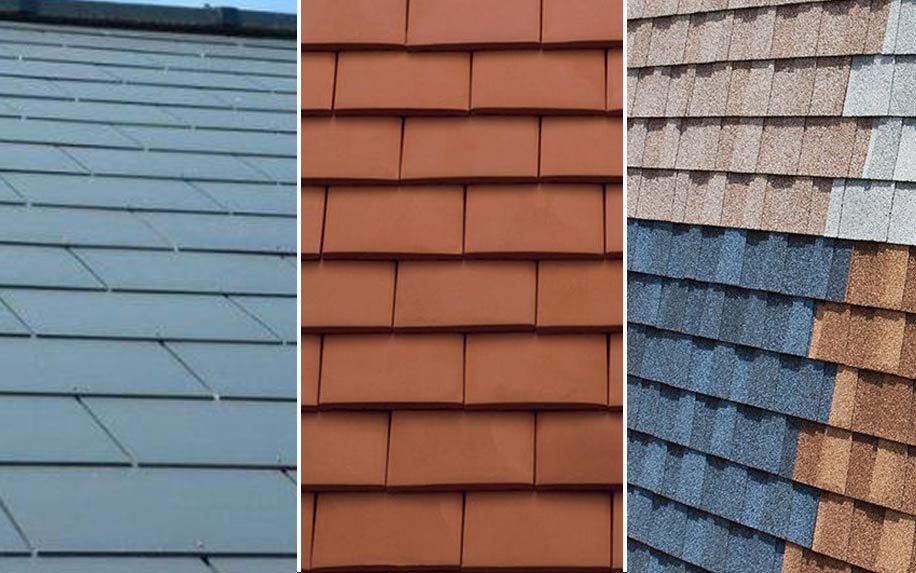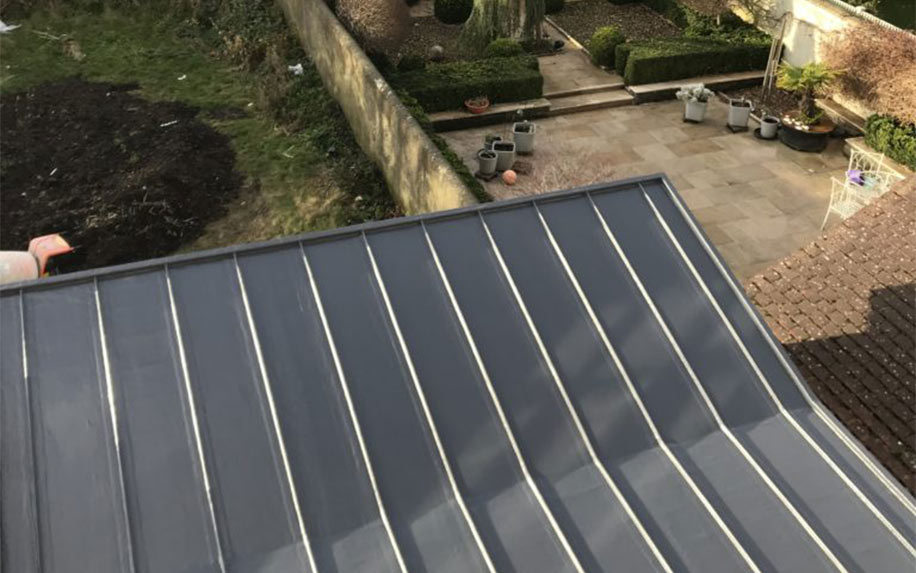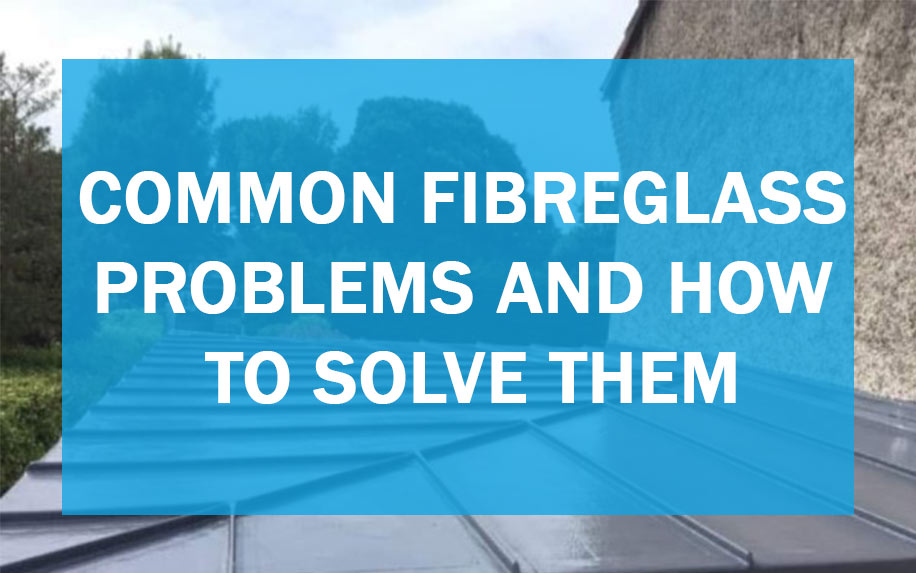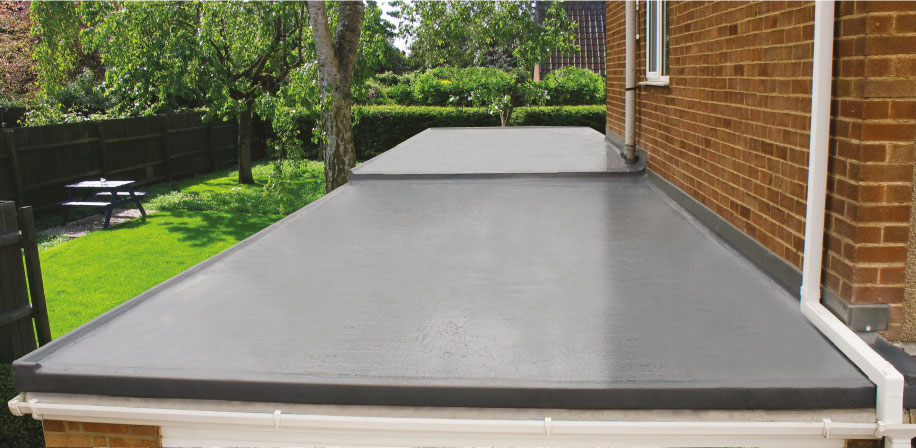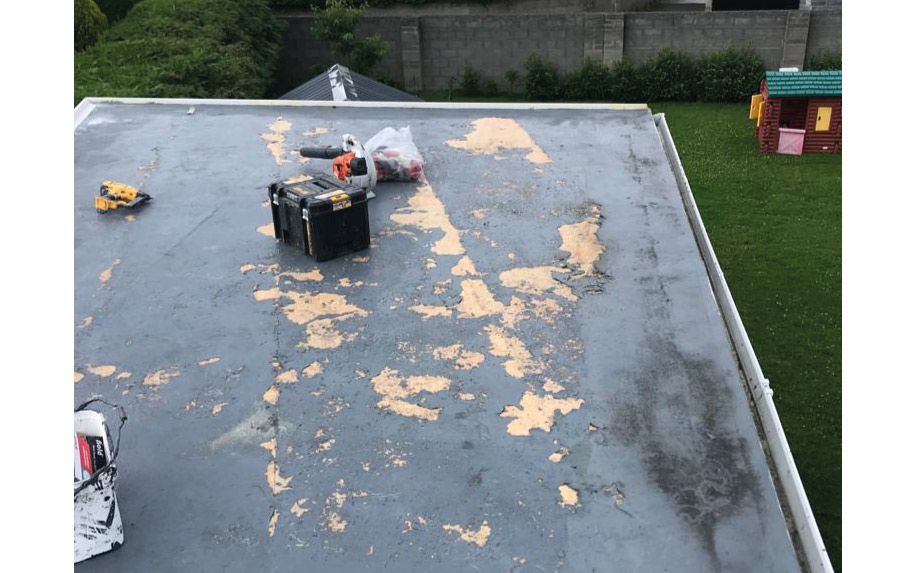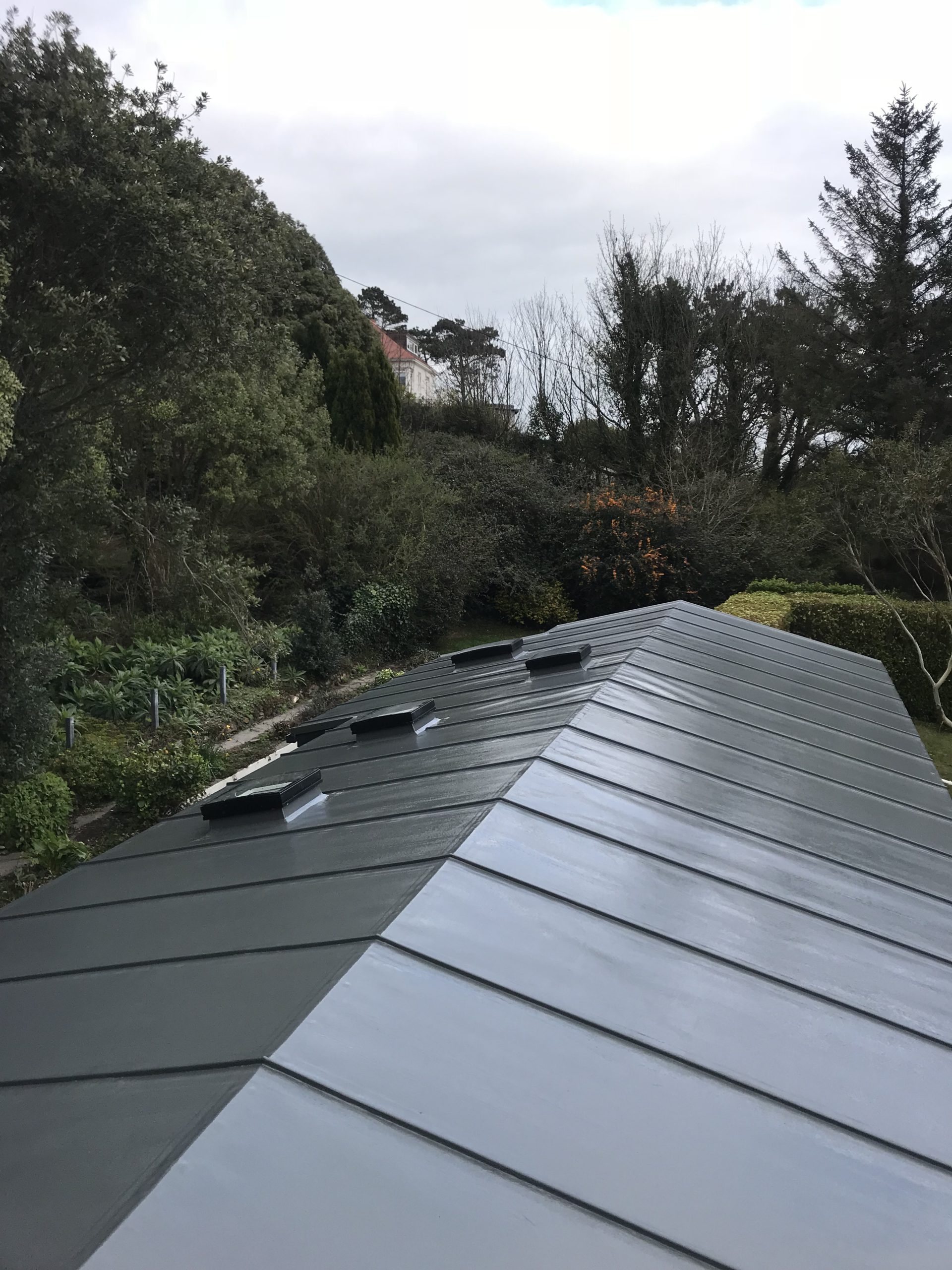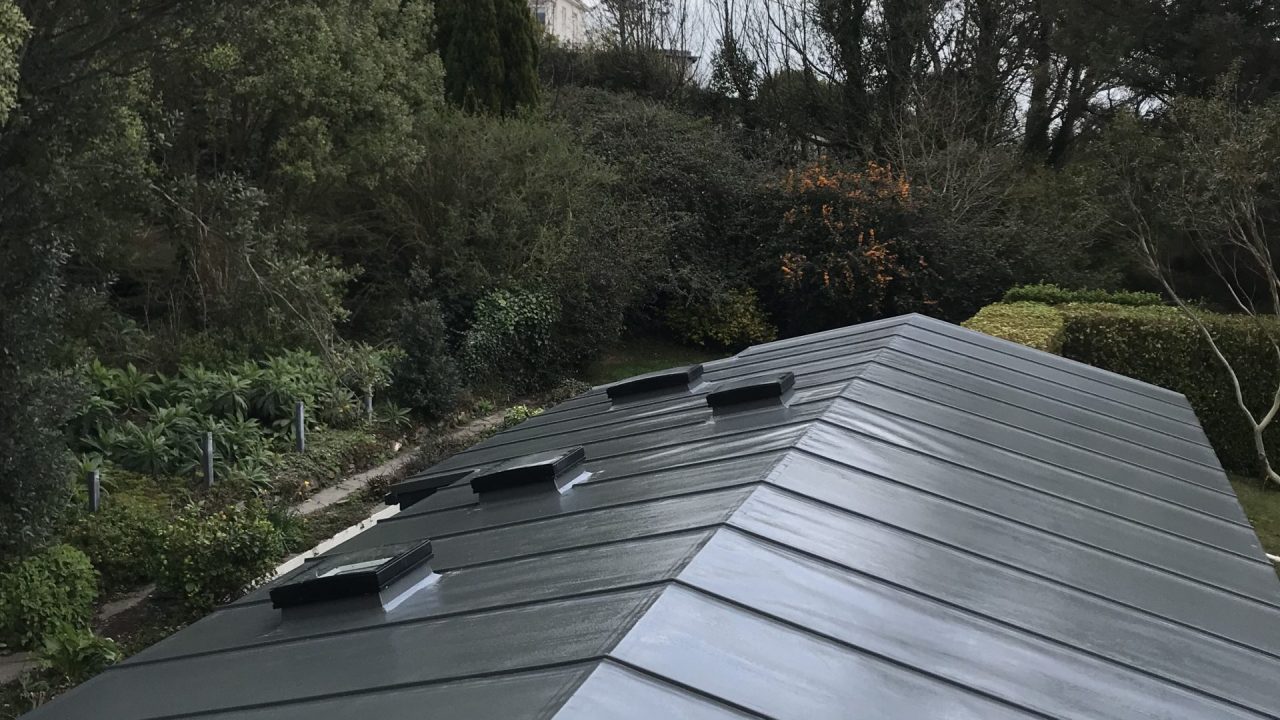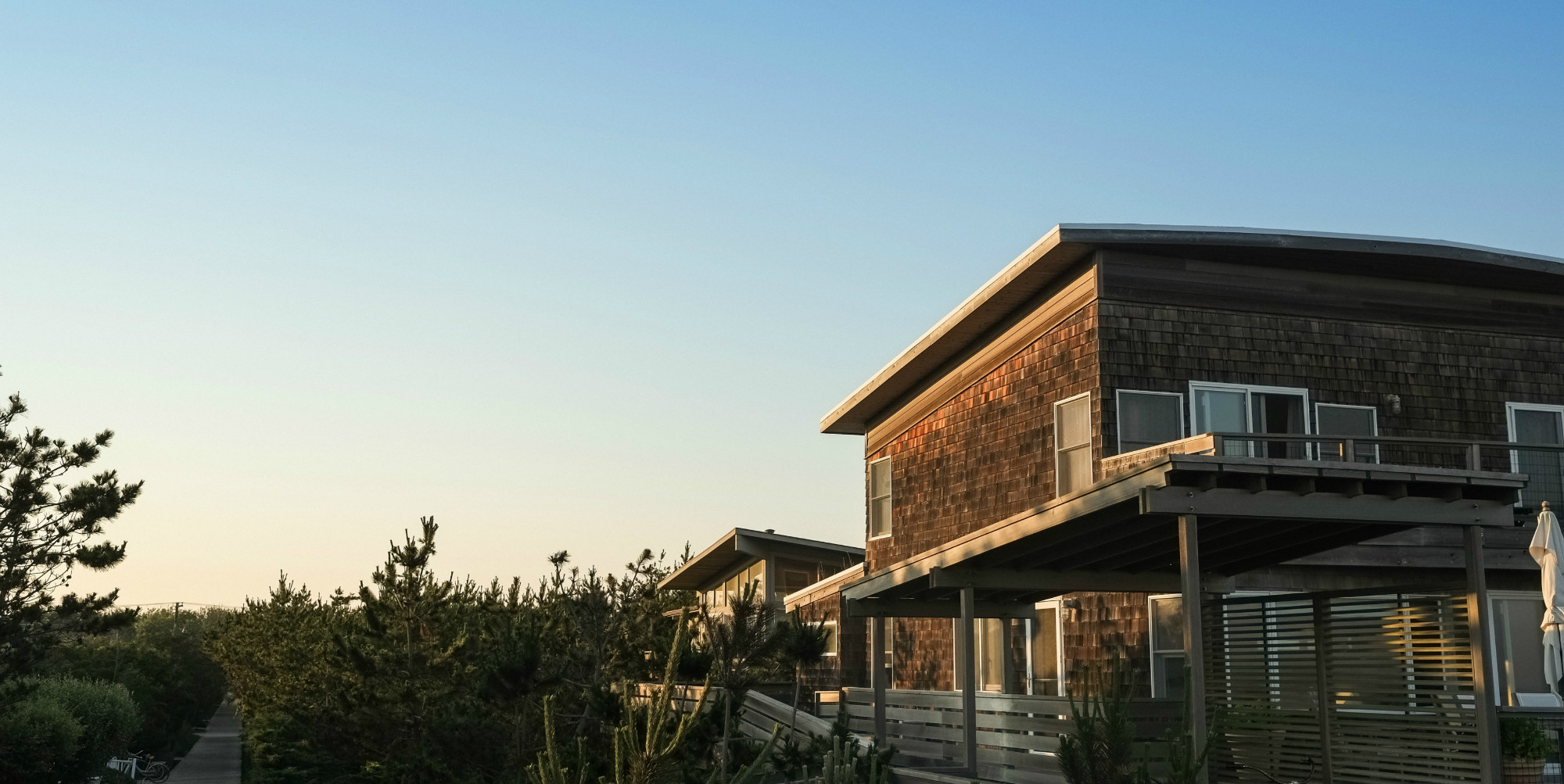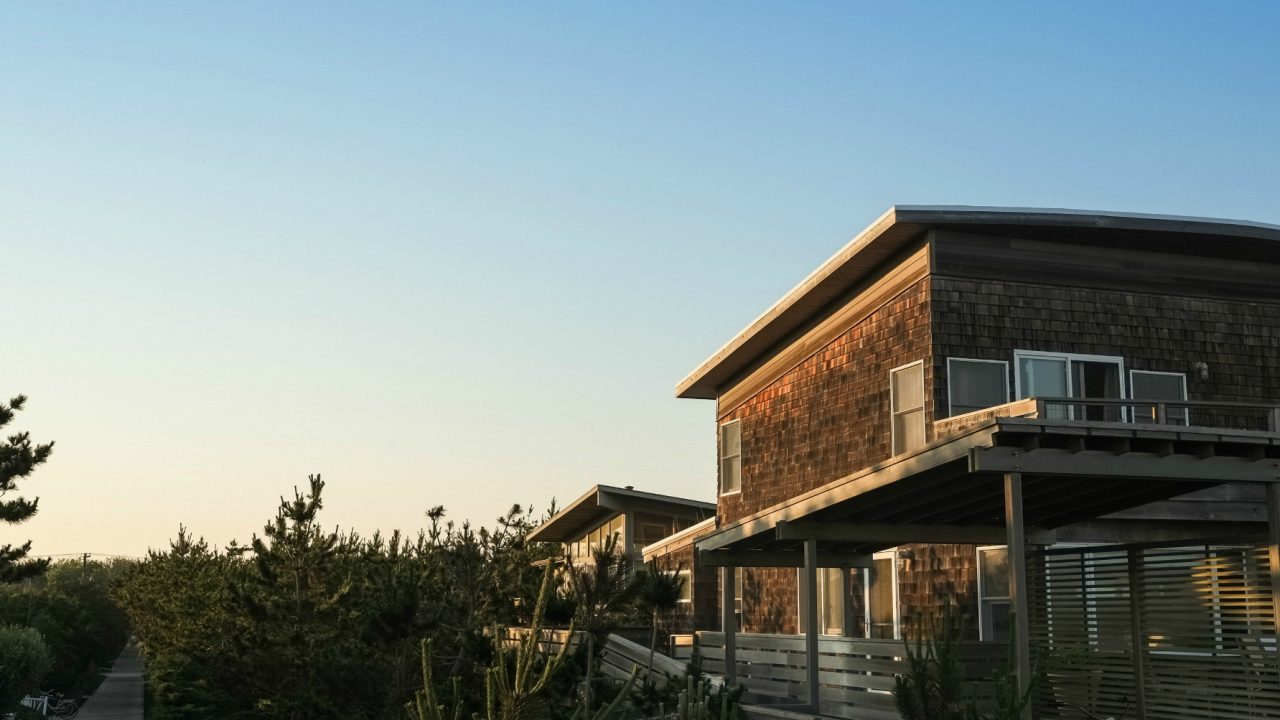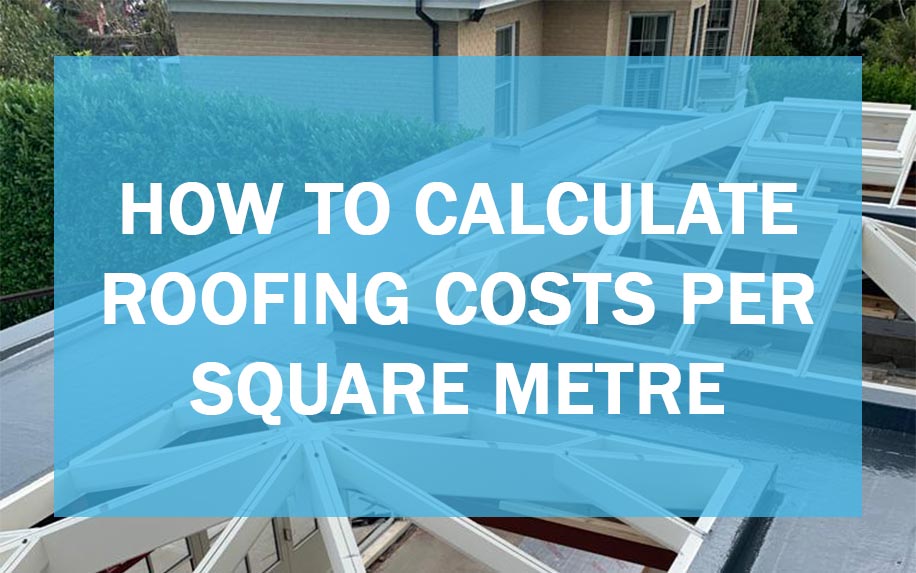

A new roof is one of the biggest investments you can make in any property. As such, when embarking on a roofing project, it’s vital that you fully understand the costs involved. To do this, you should understand how to calculate roofing costs per square metre.
The thing is, every roof is different. As such, there are a large number of factors which determine how much a roof will actually cost, both upfront and over the duration of its lifespan.
When you’re planning for a roofing project, it’s important to account for all of these, in order to ensure that you make the wisest possible investment.
Today we’ll look at how to do exactly that. Along the way, we’ll also look at some of the reasons that fibreglass roofs are the soundest financial decision for the Irish market.
Let’s look at how the costs of a roofing project are broken down.
Measuring a Roof
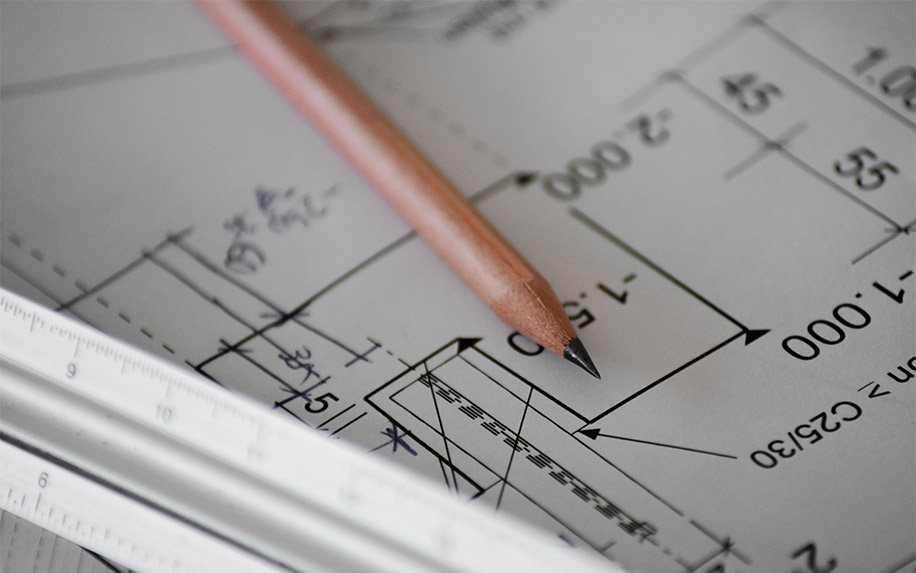

Obviously, it’s impossible to determine the cost of a roof without knowing its size and dimensions. Without knowing this information, it’s impossible for a contractor to give you a quote for your project.
For small roofs with simple shapes, this is a simple process. Recalling your maths lessons from school, the area of a square roof can be calculated by simply multiplying its length and breadth.
However, for larger roofs, or complex shapes, this is not so simple. Often, the best way to determine the size of a building’s roof is using the original plans. These can then be used by a roofing specialist in order to begin creating a quote for your roof.
If building plans are not available, you should consult with a contractor in order to acquire the necessary information to estimate the costs of your project.
However, the dimensions of your roof are only the beginning of creating a cost estimate. The exact cost of the project will also be determined by the scope of the required work. For example, with any roofing material, a project will cost considerably more if there are problems with the substrates as well as the roof itself.
Materials
To account for this, a materials list is used. To calculate roofing costs per square metre, it’s necessary to determine which materials are sold by the square metre, and which are not. Let’s take fibreglass roofing as an example.
Materials like fibreglass matting, resins, decking and topcoats are all sold with a specific coverage in metres. To calculate the per metre cost of each of these, their cost per unit is divided by their coverage.
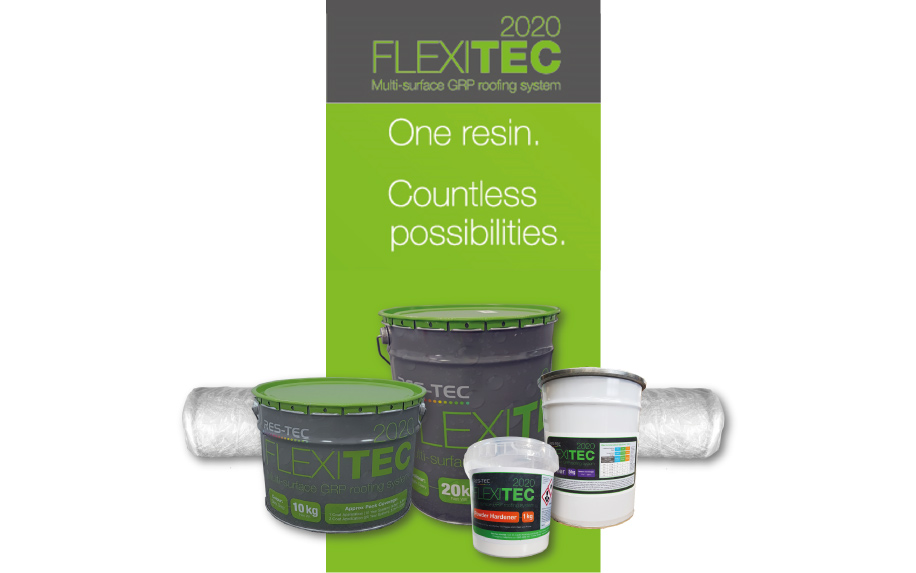

This is then multiplied by the roof’s area, in order to estimate the total cost.
Other materials are not rated for a specific area coverage. For example, edging is sold to cover the perimeter of a roof. As such, the required amount of trim should be determined. The cost of this can then be divided by the roof’s area to work out the cost per metre.
Additionally, there are some materials and tools which would require a one-off purchase for DIY jobs. The need to account for these is eliminated by using an expert contractor for your roof installation.
Labour Costs
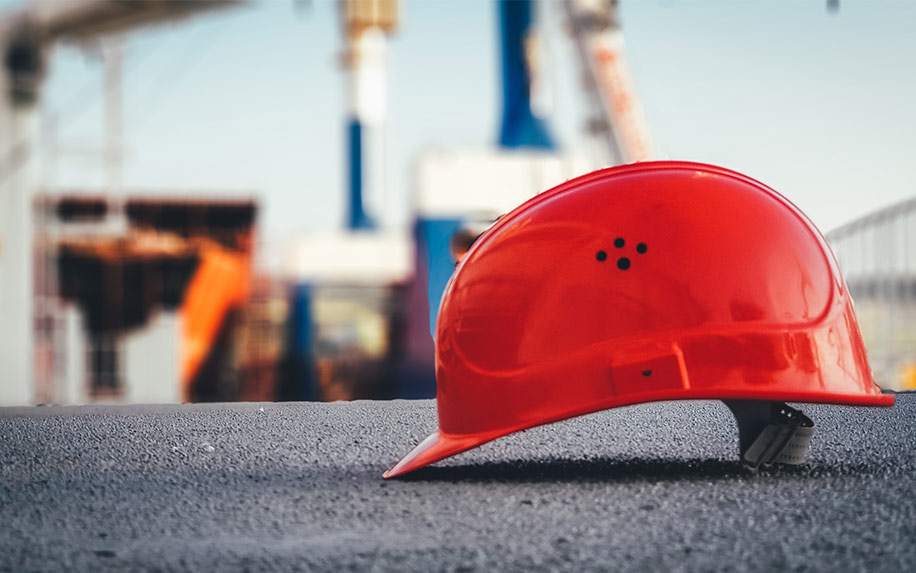

Like most building projects, a large portion of the price of a roof installation is labour costs. The truth is that installing any kind of roof is a difficult, and often dangerous task. Roofers are highly specialised professionals, so their time is valuable.
Most contractors bill their clients in days. You’ll receive an estimate of how long the project will take, based on its scope, as well as how many people will be needed to complete the job.
For example, a small fibreglass roof might take two people a full day to redeck, laminate and apply a topcoat. For more complex projects, additional labour costs may need to be factored in, including planning and design.
Modern fibreglass roof systems can also greatly reduce the need for labour costs. For example, Dryseal products only require mechanical fixing on site.
As such, it is best to seek out an estimate for labour costs from an experienced roofing specialist in order to gain a clear understanding of what your project will cost.
Other Project Costs
Often, there are additional costs associated with a roofing project, beyond materials and labour. These typically include things like scaffolding and skip hire. It might also be necessary to pay for other building services when a roof is replaced.
For example, if the previous roof failed, causing major leaking, it may also be necessary to contract specialist cleaners or interior decorators for your property.
These are associated costs of replacing your roof. While they do not factor into the project itself, it’s still vital that you budget for them, in order to gain a realistic picture of how much your building improvements will actually end up costing you.
Costs Over the Roof’s Lifetime
This is where most people misunderstand how to calculate roofing costs per square metre. Specifically, focusing on the upfront price of a roofing project is very misleading. Instead, it’s important to consider the lifetime cost of a new roof.
This involves factoring in how often repairs will be needed, as well as the overall lifespan of a roofing system. A system with a low initial investment may actually end up being considerably more expensive in the long run.
Let’s compare fibreglass and felt roofs as an example.
Installing a small felt roof might have half the initial cost of an equivalent fibreglass roof. However, felt roofs require constant upkeep and repairs, and may need to be replaced after as little as five years.
By contrast, the need to repair a fibreglass roof is rare, and it’s normal for the system to have a lifespan of around thirty years, with only basic maintenance needs. In this example, the fibreglass roof system would actually work out four times cheaper over its lifetime.
As such, it is a much shrewder investment for any commercial business or home owner.
The Best Way to Calculate Roofing Costs per Square Metre
Without consulting with a specialist contractor, it’s only really possible to estimate how much a new roof will cost. This is because the needs of individual projects can vary so much, and there are often roadblocks that only an experienced professional can foresee.
This means that, if you want to accurately budget for your roofing project, it’s vital to contact a reputable contractor to draw up a quote for your needs.
At Nationwide Fibreglass, we’ve been providing expert roofing service across the island of Ireland for over 12 years. Contact us today to ask about getting a quote for your next roofing project.

